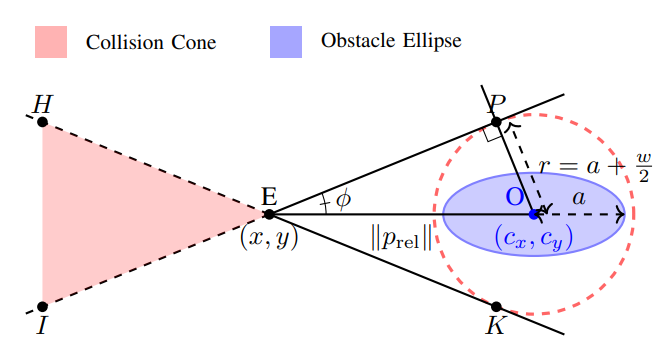
Energy Based Control Barrier Functions
Introduction
Control barrier function (CBF) based Quadratic Programs (QPs) were introduced in early 2014 as a means to guarantee safety in affine control systems in conjunction with stability/tracking. However, due to the presence of model-based terms, they fail to provide guarantees under model perturbations. Therefore, in this paper, we propose a new class of CBFs for robotic systems that augment kinetic energy with the traditional forms. We show that with torque limits permitting, and with the kinematic models accurately known, forward invariance of safe sets generated by kinematic constraints (position and velocity) can be guaranteed. The proposed methodology is motivated by the control Lyapunov function (CLF) based QPs that use the kinetic energy function. By the property of CBF-QPs, we show that the pointwise min-norm control laws obtained are feasible and Lipschitz continuous, and can be derived analytically via the KKT conditions. In order to include stability with safety, we also augment CLF based constraints in the CBF-QPs to realize a unified control law that allows tracking with safety irrespective of the inertial parameters of the robot. We will demonstrate the robustness of this class of CBF-QPs in two robotic platforms: a 1-DOF and a 2-DOF manipulator, by scaling the masses by up to 100, and then simulating the resulting dynamics.
Related Papers
|
2020 August |
Energy based Control Barrier Functions for Robotic Systems
TechArxiv |
|
2022 July |
European Controls Conference (ECC) 2022, London, UK |

